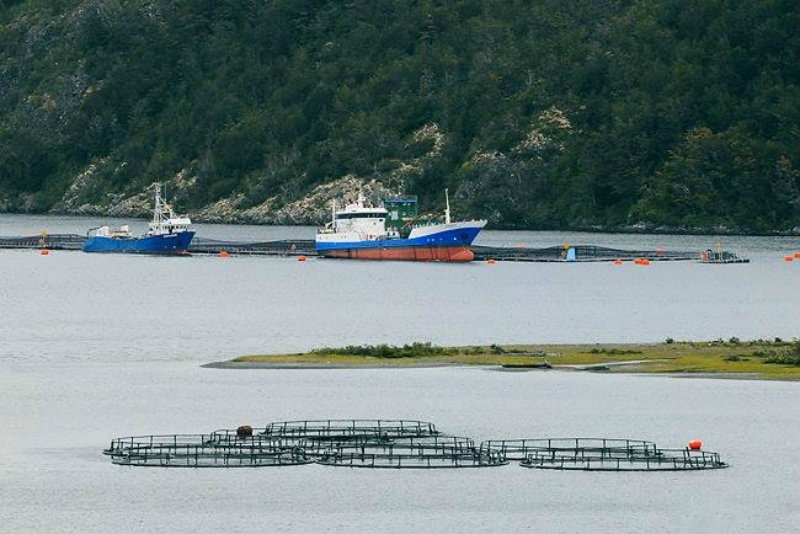
SANTIAGO – Due to the “2016 Report on Antimicrobial use in National Salmon Farming” published by Sernapesca, marine conservation organization Oceana recognized that the industry did diminish the use of antibiotics, however, this figure is still high.
According to the report, in order to produce 727,812 tons of salmon, Chile used 382,500 kilos of antibiotics, while Norway used 523 kilos to produce twice the amount of salmon, according to the latest information available on this European country.
“In spite of reducing the use of antibiotics, the salmon industry’s levels are still disturbing”, warned Oceana’s Executive Director Liesbeth van der Meer. “Norway seems to have found the right formula and barely uses them in their production. In fact, today less than 1% of salmon produced in that country is treated with antibiotics, which demonstrates that antibiotic-free salmon can be produced by making an effort”, added van der Meer.
The Sernapesca report shows a 15% reduction in the antibiotic consumption rate when compared to 2015. This rate compares the amount used with the biomass produced. In addition, the annual salmon harvest dropped by 17.5% compared to that same year. This is partially explained by Harmful Algal Blooms (HAB) that affected the industry between January and March last year, which resulted in the loss of 106,000 tons, which accounts for 12% of annual production. Furthermore, the Under-Secretariat of Fisheries (Subpesca) took measures, among them the regulation of maximum density allowed at concessions, according to their sanitation quality.
“This is a breaking point for the antibiotic consumption rate, which had been steadily rising these past five years. However, it is urgent to gain further transparency on how the salmon farming industry works. This is the only way to establish regulations that will prevent sanitation crisis, regulate density and create measures for disease control”, stated van der Meer.
Information on the use of antimicrobials, the type and amount, what they are used for and how they are used by businesses is extremely useful to assess the performance of the national salmon farming industry.
According to the World Health Organization, antimicrobial resistance is currently one of the greatest public health problems. Fully understanding the complete production process of salmon is essential, considering that it is meant for human consumption.



